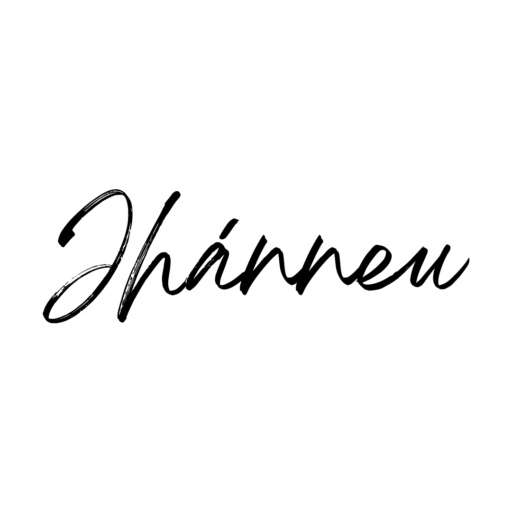Reducing your waste can seem overwhelming. I suggest starting in each room of your home. One of the best places to start is your bathroom. The bathroom is another aspect of your home that produces waste and accumulates more items than you’d think a bathroom could fit. Simplify your routine, make swaps as needed, and start making a low waste bathroom today. Here are 10 Zero Waste bathroom swaps to start using.
1. Toothbrushes
Plastic toothbrushes are not recyclable and their packaging typically is not either. 90 billion toothbrushes get thrown out each year, which you can start to change in your own life. Bamboo toothbrushes, however, are biodegradable and compostable. Keep in mind their nylon bristles need to be disposed of separately. Brush with Bamboo is one of the many options to start zero waste living in your bathroom routine. Alternatively, the Goodwell Company makes aluminum-handled toothbrushes with refillable bristles.
2. Toothpaste

Opt out of traditional toothpaste with tubes that are not recyclable for toothpaste you can make yourself, or buy toothpaste in an aluminum tube. Davids natural toothpaste is fluoride-free and cleans your teeth naturally. Alternatively, you could consider Bite’s toothpaste bits to eliminate the tube that toothpaste comes in entirely. Use my discount code JHANNEU10 for 10% your purchase of any Bite purchase.
3. Bamboo Toilet Paper
Traditional toilet paper is the bathroom’s most wasteful item. Bamboo or recycled toilet paper make good alternatives. A bidet, like the Tushy bidet, is the ultimate zero waste solution. Use my code JHANNEU for 15% off your Cloud paper order.
4. Zero Waste Shampoo and Conditioner
The main reasons to rethink how to make your hair care zero waste is the unrecyclable plastic bottles traditional shampoo comes in, as well as the ingredients in the products. Look into alternative bar shampoo and conditioner, which comes with minimal packaging and simpler, less wasteful ingredients. One of my favorites for my curly hair is Tree Naturals shampoo and conditioner bars. You can find my zero waste curly hair routine here.
Other options:
Love Beauty and Planet’s 2 in 1 shampoo and conditioner I would only recommend for straight hair to medium curly hair
HiBAR – I would only recommend for straight hair to medium curly hair
Ethique shampoo and conditioner bar – I would only recommend for straight hair
5. Zero Waste Soap

Liquid soap means plastic bottles going in the trash once the soap runs out. Even when the bottle is recyclable, the pump dispenser goes to the landfill. Instead, swap for unwrapped soap bars.
6. Floss
Switch over to zero waste, silk dental floss for minimal packaging and less waste. Traditional floss is made from nylon and comes in a plastic container, which is especially harmful to marine life. Silk dental floss comes in a glass container, which is compostable and refillable. Add in some mouthwash tablets from Bite for an extra fresh feeling. Use my discount code JHANNEU10 for 10% your purchase of any Bite purchase.
7. Q-tips

Avoid Q-tips made with a plastic applicator. Instead, q-tips with applicators made from wood, paper, and cotton can be composted.
8. DIY Makeup Remover
Wild Minimalist has a DIY makeup remover recipe you can try out if you want to be extra sure you have a zero waste product on your hands. It’s a great alternative to makeup wipes, which are wasteful and come in plastic packaging. When applying your homemade makeup remover, be sure to use a reusable applicator such as these bamboo reusable makeup pads.
9. Body Lotion and Moisturizers
Nourish your skin with zero waste moisturizer, saving you from plastics in the pump bottles of moisturizer. One solid face cream called The Perfector from Ethique is eco-friendly and made with coconut oil and kokum and cupuacu butters. You could even DIY your own lotion out of coconut oil and essential oils.
10. Zero Waste Period Products

Products like Thinx period underwear and menstrual cups help you invest in long-lasting reusables that will save money in the long-term. The Saalt menstrual cup donates 2% of its revenue towards educational programs and women who need financial support. The average woman will produce 2,400 tampons of waste in their life. Additionally, tampons contain chemicals, bleach, and fibers, showing switching to menstrual cups and period underwear is not just good for the environment, it’s also healthier for your body.
These tips will take you closer to a zero waste bathroom. Keep in mind zero waste is more of a mindset than a standard you have to perfect. Work daily to minimize the amount of waste you add to the world and allow that lifestyle mentality to enter every aspect of your life and home.





